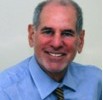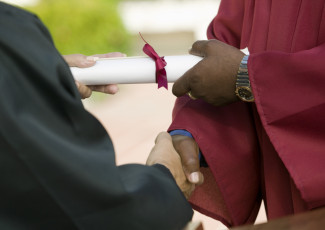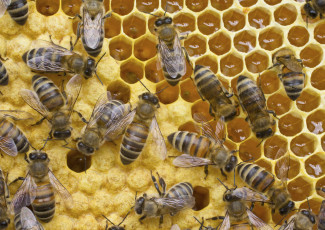Collaboration Opportunities for Two-Year and Four-Year Colleges
By Philip Uri Treisman and Melissa Taylor
June 2, 2015
Today, the relationships among higher-education institutions are changing to better reflect the new ways in which students “consume” their courses.
After graduating from a Title I high school with strong STEM preparatory programs, David enrolled in his local community college. He was able to quickly complete an associate degree, thanks to significant high school dual-enrollment and AP credits. Upon successfully transferring to the state flagship university, he was disappointed to learn that some STEM majors were at capacity and unavailable to external transfers. Advised to choose a science major based on credit transferability, David graduated with a Bachelor of Science degree in less than two years. Unfortunately, the degree didn’t translate into viable career opportunities. After a few years of unsatisfying underemployment, he found a certification program aligned with desirable job prospects and once again enrolled in the local community college. David is now happily employed in a field with the potential for long-term career growth.
David is a composite of many of our students who, together, represent the modern consumer of higher education. The degrees David earned from his hybrid two-year/four-year college experience signify both practicality and prestige. In the past, if universities thought of community colleges at all, they thought of them as transfer institutions. Today, the relationships among higher-education institutions are changing to better reflect the new ways in which students “consume” their courses.
A recent National Student Clearinghouse Research Center report shows that 70 percent of Texas bachelor’s degree holders were enrolled at a two-year institution at some point in the previous 10 years. Many of these students completed three or more semesters there. More surprising to us is the fact that an increasing number of graduates who hold a four-year degree are seeking community college credentials for employment opportunities that they cannot achieve with their four-year diploma alone. The National Postsecondary Student Aid Study (NPSAS) estimates that, during the 2007–2008 academic year, 8 percent of entering community college students had already completed their bachelor’s degrees. This is an important development, especially at a time when data from the Education Longitudinal Study of 2002 show that nearly the same percentage of students move from four-year to two-year institutions as move from two-year to four-year institutions.
In a postrecessionary period, it is no surprise that both community college students and bachelor’s degree candidates seek credentials that offer enhanced life opportunities, including a better standard of living. Many who hold bachelor’s degrees are discovering that although their degrees signal such attributes as perseverance and critical thinking, they aren’t always indicative of the job-specific skills demanded by employers. In today’s knowledge economy, four-year institutions no longer have a monopoly on the postsecondary promise of maximum upward mobility.
This is a game changer for the relationship between two-year and four-year institutions. In the new ecology of higher education, helping students to complete a high-quality, workforce-aligned degree without accruing crippling debt requires collaborations that support efficient transfer policies reflective of the enrollment patterns of the modern-day higher-education student. These policies must be supported by practical interinstitutional collaborations that both support coherent student advising and career preparation and address the complex issue of curricular alignment. Wise guidance for realizing these twin goals is provided in the recommendations of the AACC’s 21st-Century Commission on the Future of Community Colleges. Policymakers should monitor the reshaping of the higher-education landscape and ensure that their state and system policies support the changes necessary to strengthen both our institutions and our economy.







